Year 1
The English curriculum is built around the three interrelated strands of language, literature and literacy. Teaching and learning programs should balance and integrate all three strands. Together, the strands focus on developing students' knowledge, understanding and skills in listening, reading, viewing, speaking, writing and creating. Learning in English builds on concepts, skills and processes developed in earlier years, and teachers will revisit and strengthen these as needed.
In Year 1, students communicate with peers, teachers, known adults and students from other classes.
Students engage with a variety of texts for enjoyment. They listen to, read, view and interpret spoken, written and multimodal texts designed to entertain and inform. These encompass traditional oral texts including Aboriginal stories, picture books, various types of stories, rhyming verse, poetry, non-fiction, film, dramatic performances and texts used by students as models for constructing their own texts.
The range of literary texts for Foundation to Year 10 comprises Australian literature, including the oral narrative traditions of Aboriginal and Torres Strait Islander Peoples, as well as the contemporary literature of these two cultural groups, and classic and contemporary world literature, including texts from and about Asia. Literary texts that support and extend Year 1 students as independent readers involve straightforward sequences of events and everyday happenings with recognisably realistic or imaginary characters. Informative texts present a small amount of new content about familiar topics of interest and topics being studied in other areas of the curriculum. These include decodable and predictable texts which present a small range of language features, including simple and compound sentences, some unfamiliar vocabulary, a small number of high-frequency words and words that need to be decoded phonically, as well as illustrations and diagrams that support the printed text.
Students create a variety of imaginative, informative and persuasive texts including recounts, procedures, performances, literary retellings and poetry.
(source: www.australiancurriculum.edu.au)
Achievement Standard
Receptive modes (listening, reading and viewing)
By the end of Year 1, students understand the different purposes of texts. They make connections to personal experience when explaining characters and main events in short texts. They identify that texts serve different purposes and that this affects how they are organised. They describe characters, settings and events in different types of literature.
Students read aloud, with developing fluency. They read short texts with some unfamiliar vocabulary, simple and compound sentences and supportive images. When reading, they use knowledge of the relationship between sounds and letters, high-frequency words, sentence boundary punctuation and directionality to make meaning. They recall key ideas and recognise literal and implied meaning in texts. They listen to others when taking part in conversations, using appropriate language features and interaction skills.
Productive modes (speaking, writing and creating)
Students understand how characters in texts are developed and give reasons for personal preferences. They create texts that show understanding of the connection between writing, speech and images.
They create short texts for a small range of purposes. They interact in pair, group and class discussions, taking turns when responding. They make short presentations on familiar topics. When writing, students provide details about ideas or events, and details about the participants in those events. They accurately spell high-frequency words and words with regular spelling patterns. They use capital letters and full stops and form all upper- and lower-case letters correctly.
(source: www.australiancurriculum.edu.au)
- Plus Plan
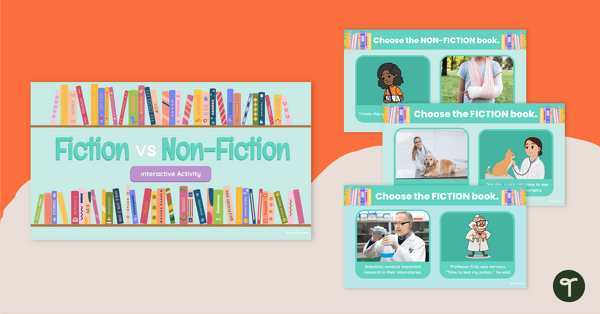
Fiction vs Non-Fiction Interactive Activity
Explore fiction and non-fiction examples with your students using this digital game for early years students.
- Plus Plan
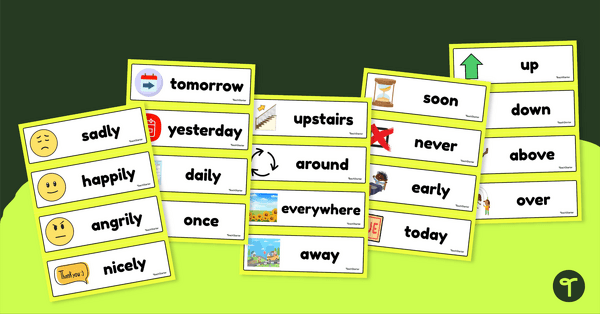
Adverb Vocabulary Cards
Display this word wall featuring a list of adverbs in your classroom to encourage your students to explore and use adverbs in their writing!
- Plus Plan

Relative Adverbs Worksheet Pack
Use this pack of five worksheets to help your students practise the correct use of relative adverbs in text.
- Plus Plan
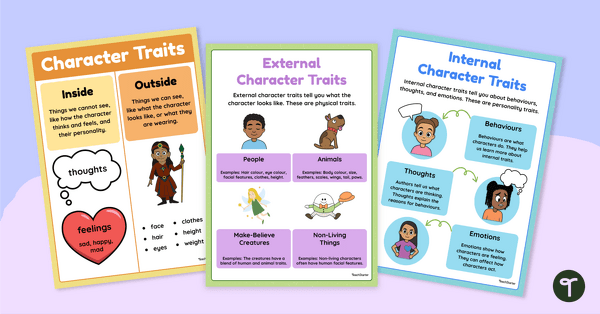
Character Traits Posters
Remind your students about the difference between external and internal character traits with this set of three classroom posters.
- Plus Plan
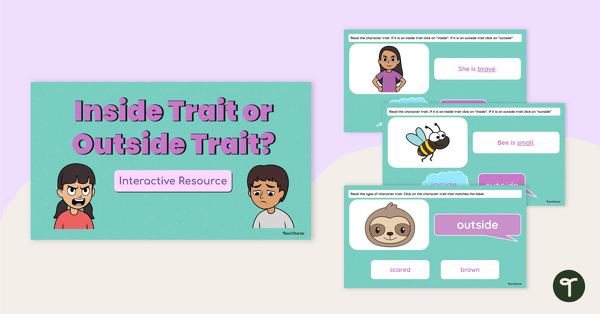
Inside Trait or Outside Trait? Interactive Game
Explore the internal and external traits of story characters with this interactive digital game.
- Free Plan
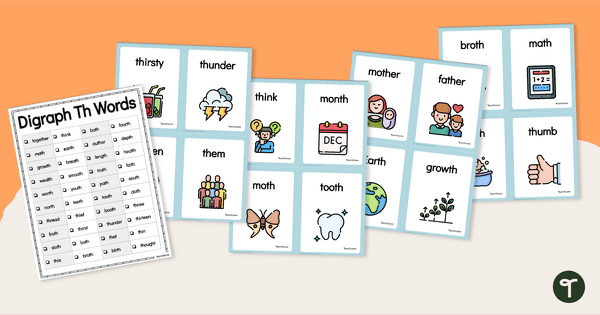
Th Word List and Flash Cards
Practice reading and spelling words with the Digraph TH with a list of 50 words and accompanying illustrated flash cards.
- Plus Plan
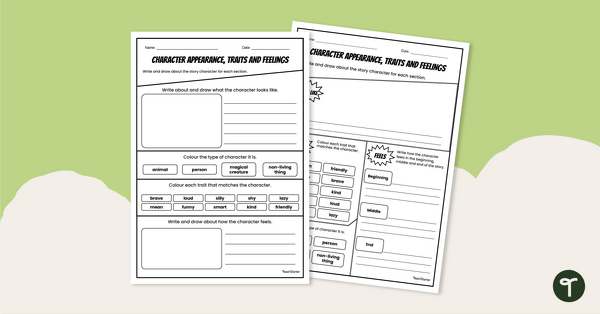
Character Appearance, Traits and Feelings - Worksheet
Explore and describe a character's personality, feelings and appearance with this differentiated worksheet to be used with any text.
- Plus Plan
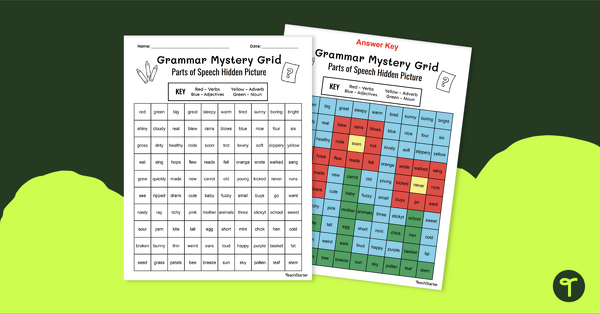
Parts of Speech - Colour by Code Mystery Picture Worksheet
Follow the colour-coded parts of speech guide to fill in the word grid and reveal a mystery image.
- Plus Plan
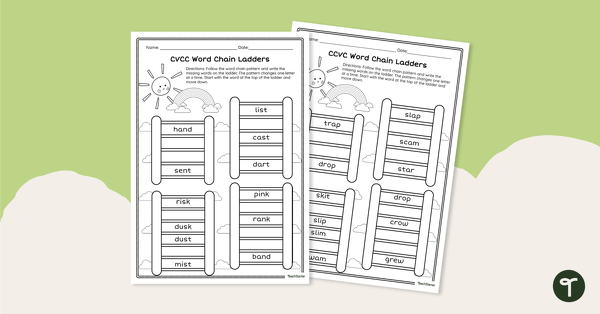
CVCC and CCVC Word Chain Ladders - Worksheets
Build word chains with CVCC and CCVC words using this set of printable phonics worksheets.
- Plus Plan
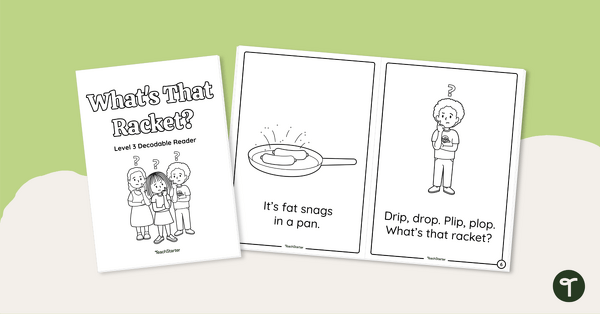
What's That Racket? - Decodable Reader (Level 3)
Develop confident, successful readers with this phonics-based, printable decodable book.
- Plus Plan
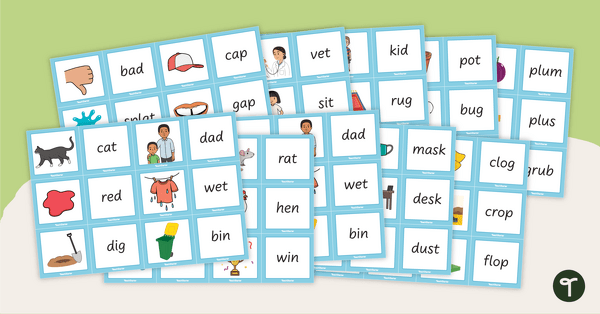
CVC/CCVC/CVCC Word Flashcards
A comprehensive set of flashcards for CVC, CCVC, and CVCC words.
- Plus Plan
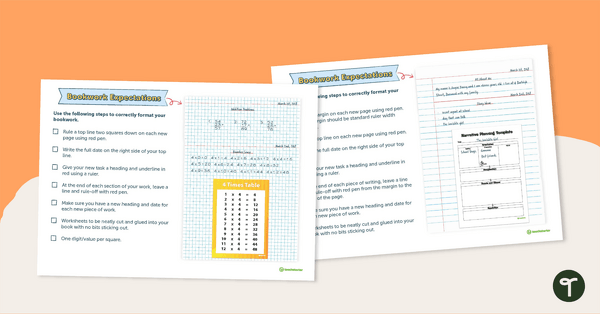
Bookwork Expectations Posters
A checklist for students to refer to when displaying bookwork.
- Plus Plan

Adjectives and the Senses – Worksheet
A sorting worksheet where students organise adjectives into the most appropriate sense.
- Plus Plan
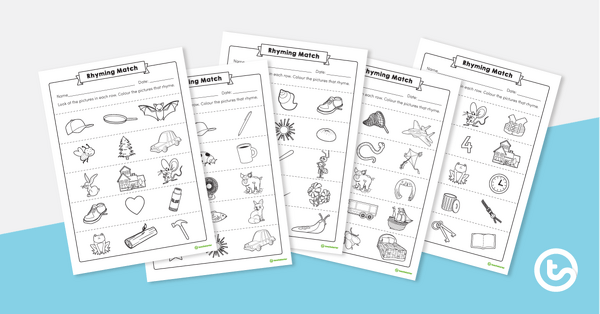
Rhyming Match – Worksheets
Identify rhyming words through images with this set of 5 worksheets.
- Free Plan
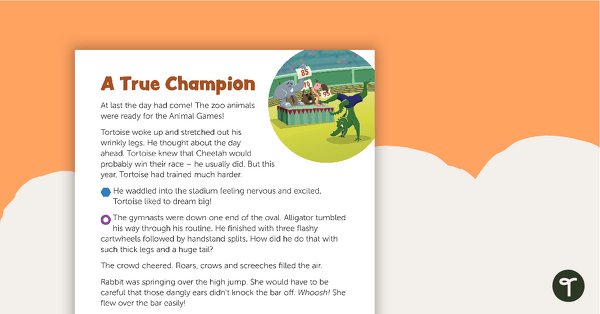
A True Champion – Worksheet
A comprehension worksheet for a narrative from the Year 2 magazine (Issue 2).
- Free Plan
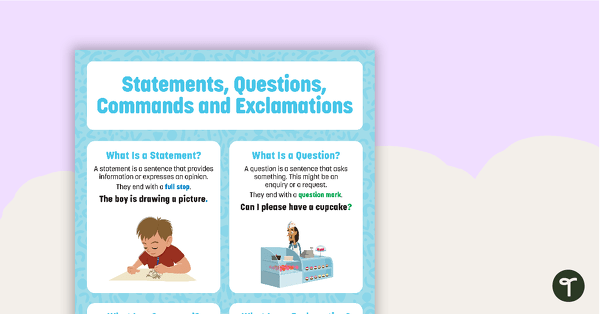
Statement, Question, Command, Exclamation – Poster
An educational poster that introduces the attributes of statements, questions, commands and exclamations.
- Plus Plan
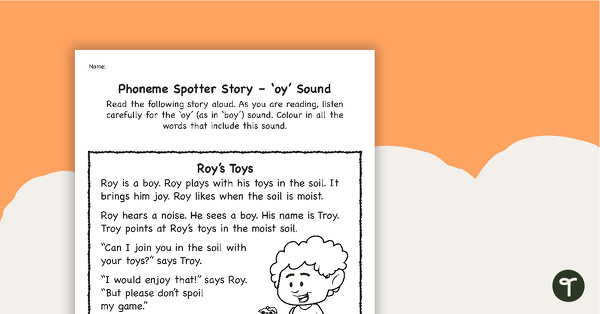
Phoneme Spotter Story – 'oy' Sound
A decodable text featuring various graphemes that make the ‘oy’ sound.
- Plus Plan
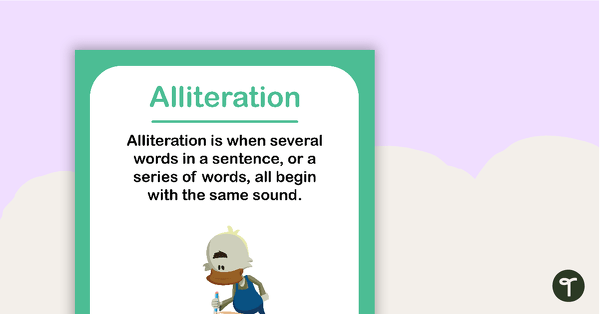
Alliteration Poster For Young Students
A poster to use with young students when teaching alliteration.
- Plus Plan
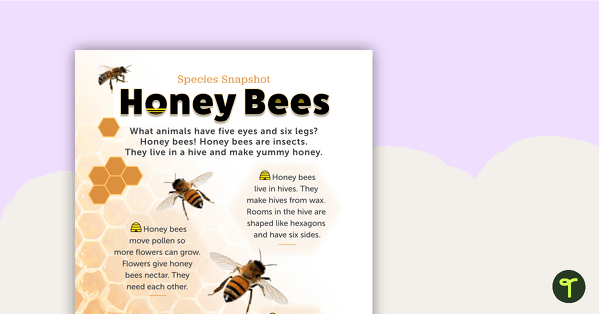
Species Snapshot Worksheet - Honey Bees
A comprehension worksheet for a species snapshot magazine article about honey bees.
- Plus Plan
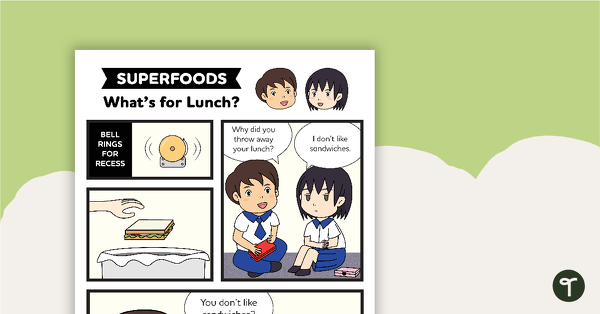
Superfoods: What's for Lunch? – Comprehension Worksheet
A comprehension worksheet for a comic about the importance of eating a healthy lunch.
- Free Plan
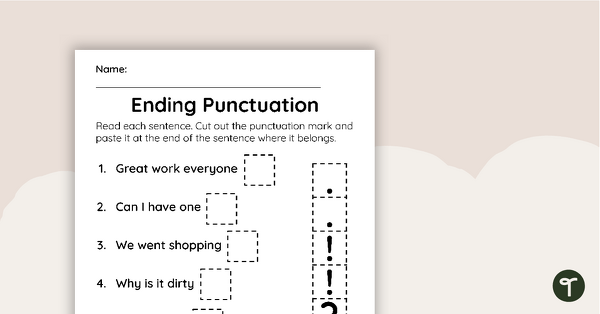
Ending Punctuation – Cut and Paste Worksheet
A cut and paste worksheet to practise adding the correct punctuation marks to the end of sentences.
- Free Plan

Label These Sentences! – Worksheet
A worksheet that requires students to label the parts of speech in sentences.
- Plus Plan
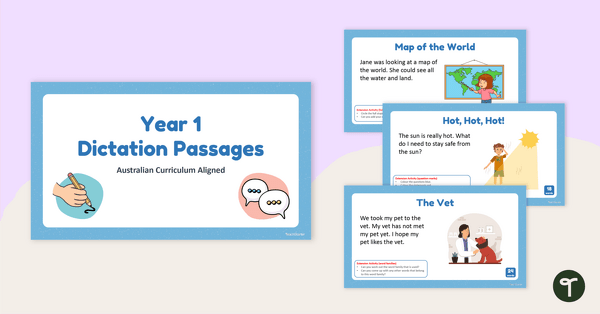
Year 1 Dictation Passages PowerPoint
Use this set of Year 1 dictation passages to promote listening and transcription skills in your students.
- Plus Plan
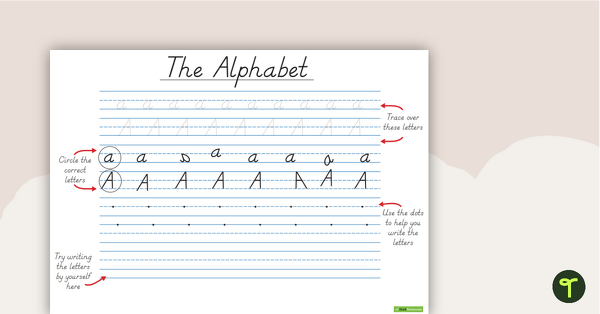
Alphabet Handwriting Sheets - Including Non-Examples
Handwriting sheets with opportunities for students to trace, identify and write the letters of the alphabet.
- Plus Plan
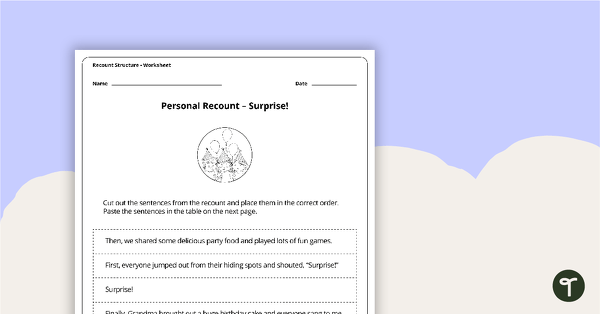
Personal Recount Sequencing Activity - Surprise!
A worksheet to use in the classroom when learning the sequence of a personal recount.
- Plus Plan
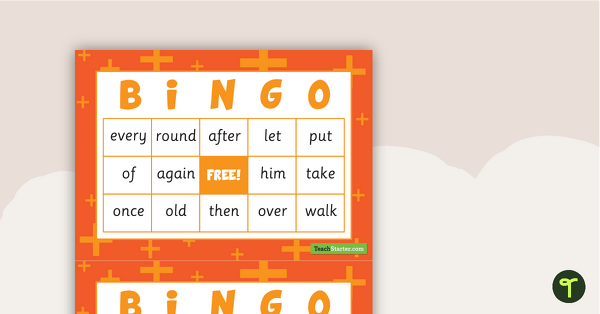
Dolch Sight Word Bingo – Grade 1
Sixteen different bingo cards using the Grade 1 Dolch Sight Words.
- Plus Plan

Author's Purpose - Sentence Writing Game
A teaching resource to help teach your students the different reasons authors may write.
- Free Plan
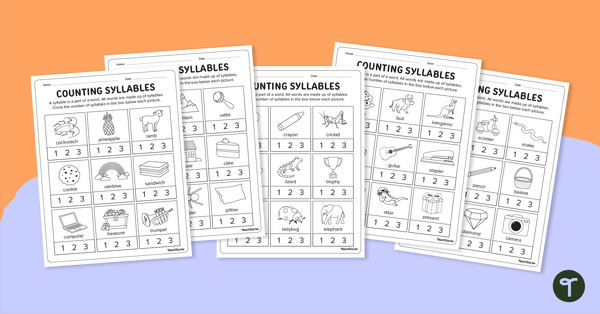
Counting Syllables Worksheets
Five worksheets that allow students to consolidate their understanding of syllables.
- Plus Plan
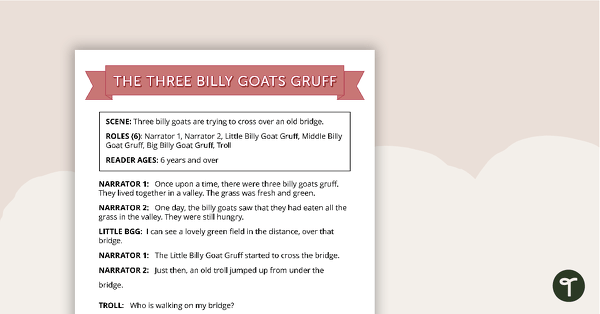
Comprehension - Three Billy Goats Gruff
A fun script and set of questions to help students develop reading and comprehension strategies.
- Plus Plan
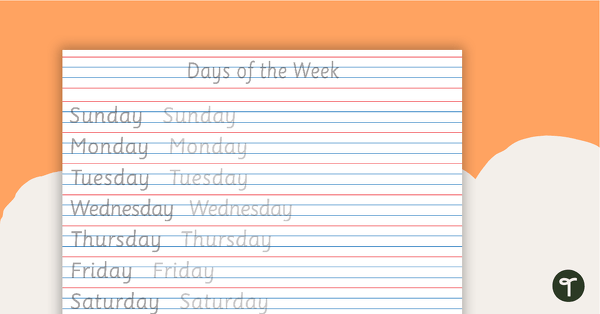
Handwriting Sheet - Days of the Week
A handwriting sheets for the days of the week.
- Plus Plan
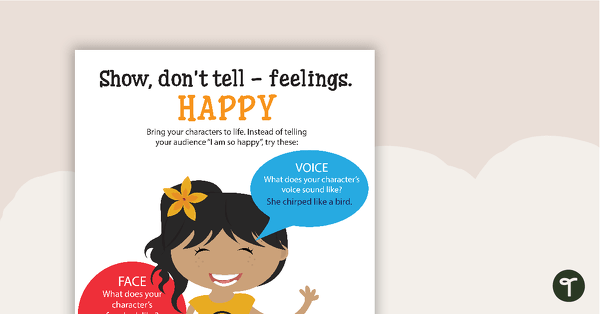
Developing Characters Poster Pack - Show, Don't Tell Feelings
A set of 16 posters about developing and describing characters when writing stories.
- Plus Plan
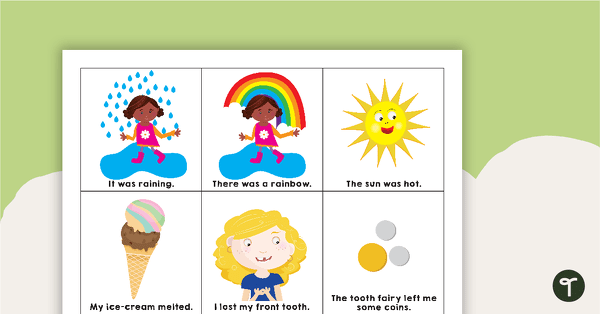
Cause and Effect Matching Cards
A set of 24 cards that can be used to help consolidate students' knowledge of causes and effects.